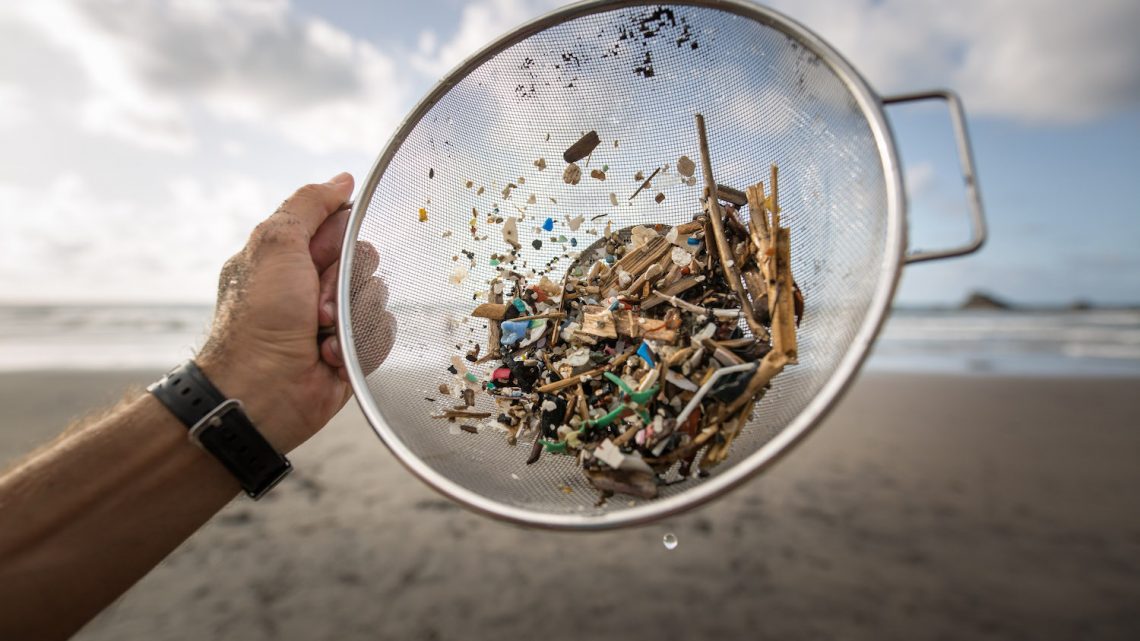
Oh Great, Scientists Are Now Finding Traces of Plastic in Human Flesh
August 25, 2020Go to a beach somewhere near a large city, take a careful look at the sand, and you’ll see them: thousands of little tiny plastic fragments known as microplastics.
Microplastics are any fragment of plastic smaller than 5mm in length, and are often the remnants of packaging that’s broken down in the natural environment. Because plastic is non-biodegradable by design, though, these bits of plastic don’t completely disappear. Instead, they get into our food supply.
It’s been known since 2018 that many of the species of fish we eat contain microplastics, but there’s a new extension to that story—because new findings from Arizona State University reveal that microplastics are accumulating inside the human body.
“There’s evidence that plastic is making its way into our bodies, but very few studies have looked for it there,” wrote Charles Rolsky, postdoctoral scholar and co-author of the study.
Researchers examined 47 samples of human tissue taken from the liver, spleen, lungs, and kidneys—and in every sample, researchers found traces of Bisphenol A (better known as BPA), a chemical that’s often used in plastic food containers.
These findings might sound scary, but the researchers highlight that it’s currently unknown whether BPA presents a health hazard in the human body, or whether it’s simply indicative of a concerning environmental trend.
“We never want to be alarmist, but it is concerning that these non-biodegradable materials that are present everywhere can enter and accumulate in human tissues, and we don’t know the possible health effects,” wrote Varun Kelkar, graduate student and member of the research team.
“Once we get a better idea of what’s in the tissues, we can conduct epidemiological studies to assess human health outcomes. That way, we can start to understand the potential health risks, if any.”
The study notes that previous studies on animal models have linked microplastic exposure to infertility, inflammation and cancer. For now though, researchers simply hope to illuminate how they enter the human body.
“The tissue donors provided detailed information on their lifestyle, diet and occupational exposures,” said Professor Rolf Halden.
“Because these donors have such well-defined histories, our study provides the first clues on potential micro and nano plastic exposure sources and routes.”

